From both an environmental and a nutritional standpoint, supporting sustainably sourced fish is something that matters a great deal to me. Just like meat that comes from properly raised animals that have access to pasture and sunshine, seafood caught using sustainable practices with an awareness for the environment should be a huge priority. From a nutritional standpoint, wild caught fish offers more benefits, like higher levels of beneficial omega-3 essential fatty acids. Of course, the taste and freshness of wild caught isn’t even comparable. Wild caught fish is in a league of it’s own.
The Benefits of Wild Caught Fish and How to Source it Sustainably
Wild Caught vs. Farmed
The ratio of omega-3 to omega-6 fat of wild salmon, is far superior to farmed. Farmed salmon has a 1-1 ratio of omega-3s and omega-6s (due to the “junk food diet” they are fed), while the ratio for wild salmon is generally between 6 and 9 to 1, which is a much more ideal and healthful ratio.
Wild salmon swim around in the wild, eating what nature intended them to eat. Therefore, their nutritional profile is more complete, with micronutrients, fats, minerals, vitamins, and antioxidants like astaxanthin (which is what gives salmon its pink or red colored, flesh.)
In my opinion, farmed fish are the aquatic equivalent to factory farmed livestock, or confined animal feeding operation (CAFO) animals. Farmed fish generally live in very small, crowded quarters – typically pens or cages submerged in lakes, ponds, and other bodies of salt water, but sometimes on land as well. They also produce toxic waste, and fish of inferior quality. These fish are further contaminated by drugs and genetically engineered corn and soy meal feed, and in the case of salmon, synthetic astaxanthin, which is made from petrochemicals that are not even approved for human consumption. Wild caught fish, on the other hand, are caught by fisherman out in their natural habitat 1http://articles.mercola.com/sites/articles/archive/2013/04/15/wild-alaskan-salmon.aspx
Nutrition
From a nutritional standpoint, sustainably-sourced, wild caught fish is a tasty nutrient-dense, heart healthy, brain-boosting whole food, that makes a great addition to a real food diet. Wild caught fish, like salmon, are a rich source of omega-3 fatty acids, vitamins A and D, B-complex vitamins, selenium, zinc, potassium, and iron. Wild salmon represents a high-quality lean heart-healthy protein.
Most people are severely deficient in omega-3 fats, resulting in a poor omega-3 to omega-6 ratio. Wild caught fish represent a wise and tasty choice for improving this ratio.
Farmed fish tend to be very high in contaminants. Some of these contaminants include polychlorinated biphenyls (PCBs), dioxins, and several chlorinated pesticides. Arguably the most dangerous pollutant found in salmon is the PCBs, which are strongly associated with cancer and various other health problems. One study investigated over 700 salmon samples from around the world and found that on average, the PCB concentrations in farmed salmon were eight times higher than in wild salmon 2https://www.ncbi.nlm.nih.gov/pubmed/14716013/
Just Seeking “Wild Caught” May Not Be Enough. Why Catch Methods Matter.
When choosing fish, it is important to choose fish that are plentiful from sustainably managed fisheries where quotas are used to limit the amount of fish caught from season to season. This ensures that they can continue to employ their traditional fishing methods, as a culture and industry for many generations to come.
Rather than destructive techniques, it’s important to seek out fish caught using sustainable methods, like traditional hook and line, where the fish are caught one at a time, avoiding bycatch. Bycatch is the accidental catching of unwanted or nontarget fish when commercial fishermen are fishing for a different species. This represents an estimated 7.3 million tons of accidental catch each year (read more here).
Bycatch can include that inadvertent catching species of fish that are caught too young and are not given the opportunity to reproduce and support the continuation of the species, but bycatch in the fishing industry worldwide can also include sharks, sea turtles, porpoises and delicate corals as well.
Hook and line is one of the most sustainable ways to catch fish. A line-caught fish is a superior product and is the most premium quality fish on the market. No fish is handled with more care from the time it leaves the water until it is delivered to a customer than a line-caught fish. Read more about hook and line fishing here.
Avoiding Destructive Methods
It is, of course, also very important to choose fish where the populations remain plentiful. Seafood Watch is a great resource for this information, but it’s also important to avoid fish caught using destructive methods, like trawling, gilnetting and longlining, among many others, which can all result in large amounts of bycatch, along with extensive destruction to the ocean floor. Read more about fish catch methods here.
Buy Directly from the Source
Short of going out on a boat and catching your own fish, the best ways to ensure you are getting the real deal is to source from a fish market, where you can speak directly to the fishermen and purchase the fish with their heads on, so you know you are getting exactly what you were promised. However for many folks, this simply isn’t readily accessible or feasible. The next best option is to purchase seafood as directly from the fishermen and producers, as possible, which is why we choose to purchase our seafood from Alaska Gold Seafood.
Alaska Gold Seafood, a fishermen owned cooperative, is managed for sustainabilty. Using traditional hook and line fishing, this results in an extremely high-quality fish while minimizing issues with bycatch. One of the most sustainable ways to catch fish, by handling them one at a time, the fisherman take the time to gut and bleed each fish minutes after it comes aboard which means a higher quality fish. They are flash frozen with extreme care, so you’re fish is fresher than fresh when it arrives at your door.
Alaska Gold believes that each and every fish deserves to be treated with a singular devotion to quality and the respect due to a wild creature, all the way to the consumer. In the same way that their fishermen consistently give individual attention to the fish they catch, catching and processing One Fish At A Time, their personal touch and focus on quality and service for you, the consumer make them top of the industry.
We love Alaska Gold’s wild caught salmon, halibut, albacore tuna and sablefish so much that we like our freezer stocked with it all! It’s so incredibly convenient to have it delivered right to our door, frozen. You can even sign up for their loyalty program which delivers Alaska’s finest wild-caught fish right to your door once a month, at a small savings.
Alaska Gold Seafood is a sponsor of Tasty Yummies. All content, ideas, and words are my own. Thanks for supporting the sponsors that allow me to create new and special content like this for Tasty Yummies.
References
| 1. | ↑ | http://articles.mercola.com/sites/articles/archive/2013/04/15/wild-alaskan-salmon.aspx |
| 2. | ↑ | https://www.ncbi.nlm.nih.gov/pubmed/14716013/ |
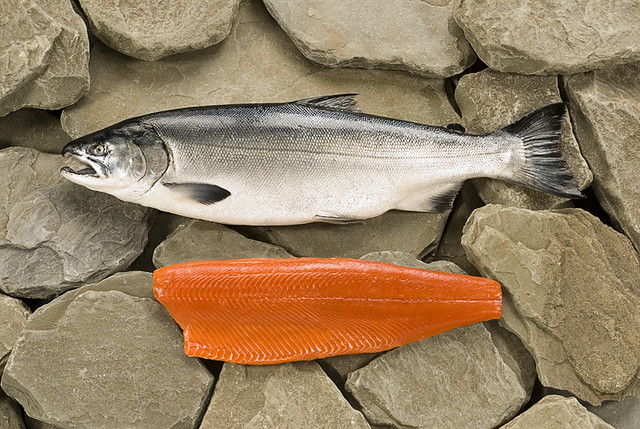
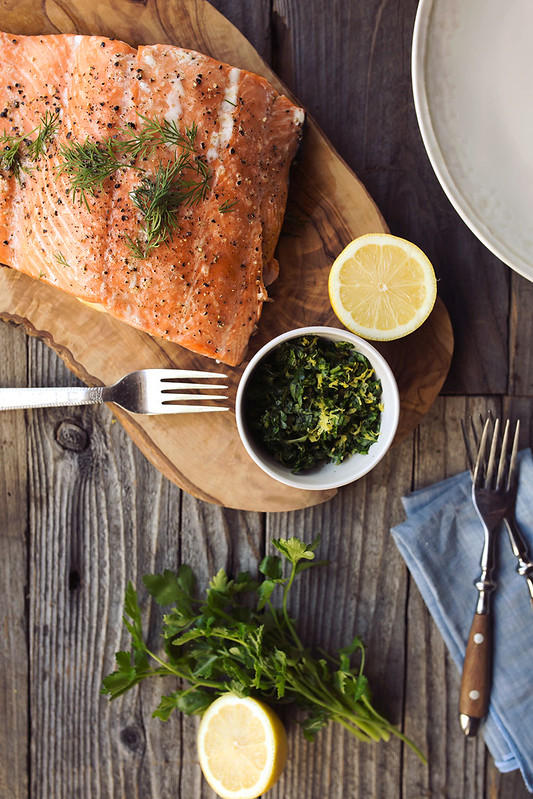
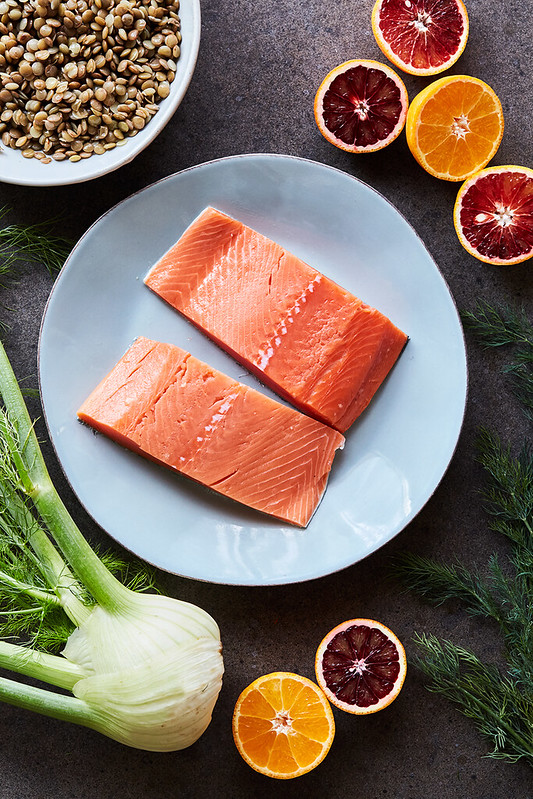

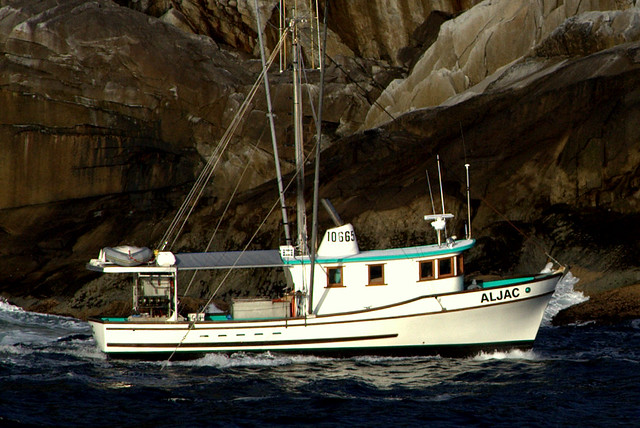
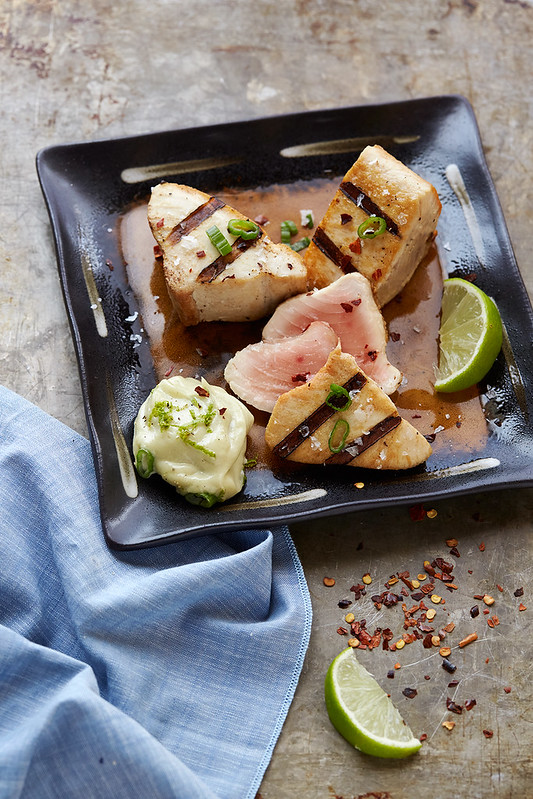
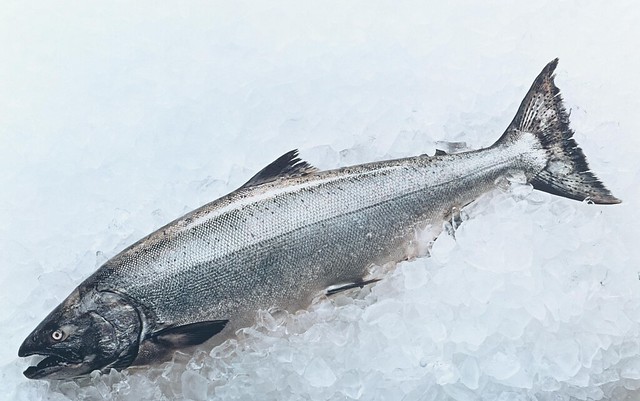
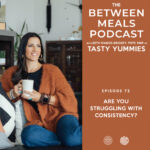
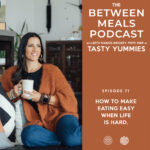
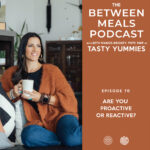
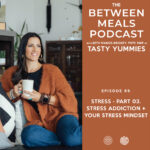







One Response
Excellent article Beth! My husband will Only purchase wild caught fish for us after watching a 20/20 episodes years ago about farm raised not only being caged and living in their own waste but human waste as well! The atrocity and blasé attitude for our health was of no concern to these people, only mass productivity and the almighty dollar. It’s a serious problem and one that should be addressed on a regular basis. Eating healthy and buying organic is seriously the only way to approach a healthy lifestyle. It might cost a bit more, but what price can you put on your own health and wellbeing through a lifetime?!